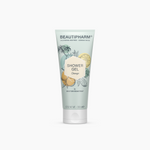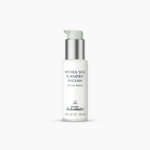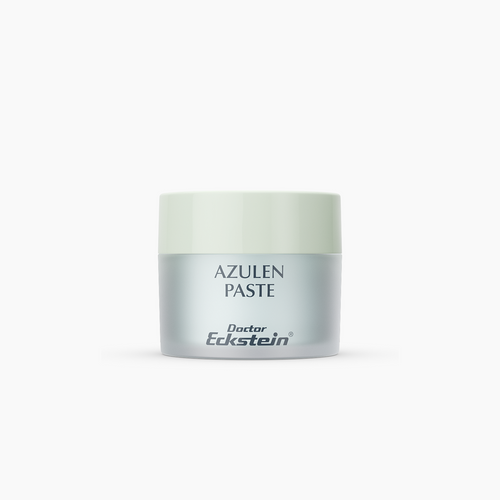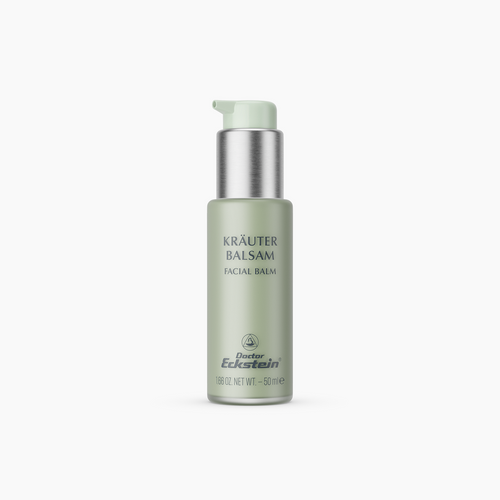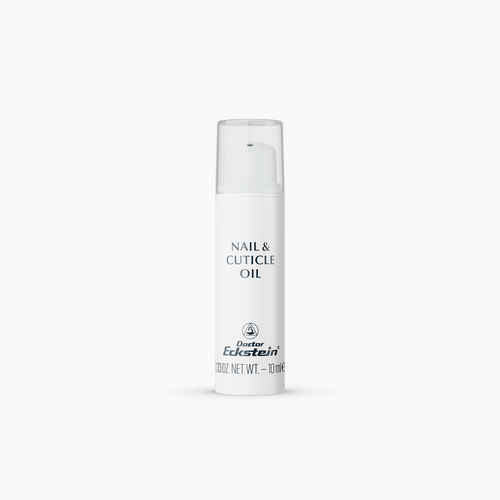A few years ago, a friend told me that she isolated and propagated stem cells from apples during her biology internship. At the time I thought “wouldn’t it be great if we could do the same with medicinal plants”. But why, you ask, would that be so great? Let’s look at one of my favorite plants, Echinacea, also known as coneflower.
Echinacea angustivolia, one of the many species of the genus, can be found in the United States mainly in the north, along the Great Plains and the Rocky Mountains. When professionally cultivated, in addition fertilizers and pesticides, more than 1,000 square meters of cultivation area and more than 1,300 tons of water are needed to produce 1 kilogram of the stem cell extract. Wow, do you also have a knot in your stomach when looking at this ratio of input and output? That is a large amount of resources needed for a relatively small amount of end product.
The good news
Thanks to the rapid progress in the field of biotechnology, it is now possible to extract stem cells from plants and cultivate them in a lab. To biotechnoligcally extract and duplicate these stem cells only a few original plants are needed. The stem cells are mostly taken from the roots or shoots of the plants. From these cells, a wide variety of herbal ingredients can be developed and extracted in a very pure and high concentration. These extracted ingredients are identical to the ones that would be found in naturally grown plants – so no need to worry about genetic modifications.
Currently in skin care products, extracts obtained this way are mainly used in anti-aging products. This is where I circle back to my favorite echinacea plant.
Echinacea helps the skin not look old
Echinacea was used as a medicinal plant by the natives of North America many centuries ago. Since then, mainly two of the many species of the Echinacea plant have been used therapeutically: the roots of the violet flowering Echinacea angustivolia, and the aboveground plant parts of the magenta flowering Echinacea purpurea for extracts. Both contain the same active ingredients in different compositions. These include echinacosides, which have a strong, antioxidant effect.
As an extract in skin care products such as creams, serums and concentrates, echinacosides help protect the skin from free radicals. These free radicals can cause the skin to age prematurely and are also a major cause of wrinkles.
Skin care that is good, not only for the skin
Skin care products with biotechnological stem cell extracts are currently still only in the luxury market. This is because production in the lab is much more expensive than if the extracts are obtained directly from the plant. However, because they are so incredibly resource-efficient and sustainable, I think that they are among the best ingredients that research has produced in recent years.
Sustainably looking into the skin care future
As a society, we are at an interesting crossroads—there is a movement to have everything, as much as possible, be naturally grown or harvested, at the same time sustainability and the mindful use of resources (agricultural land, water etc.) is more important than ever before. Utilizing nature-identical biotechnological ingredients seems to be a fitting bridge between these two worlds.
Take care, Verena
